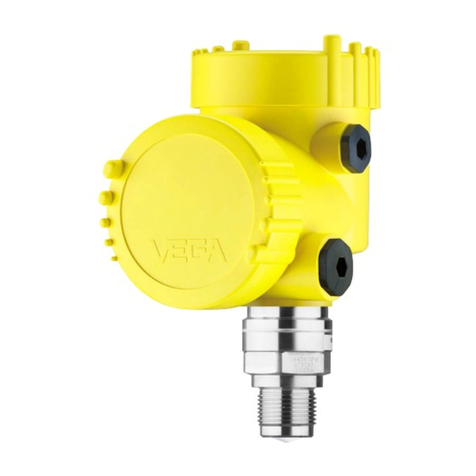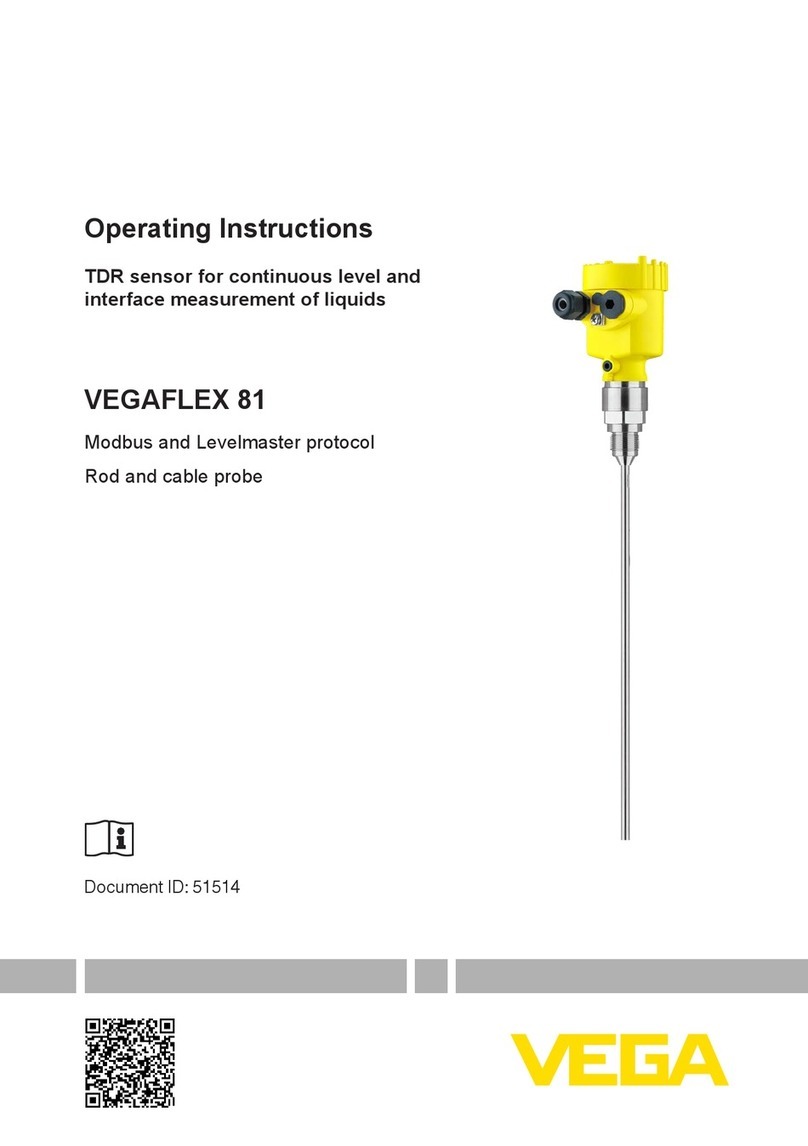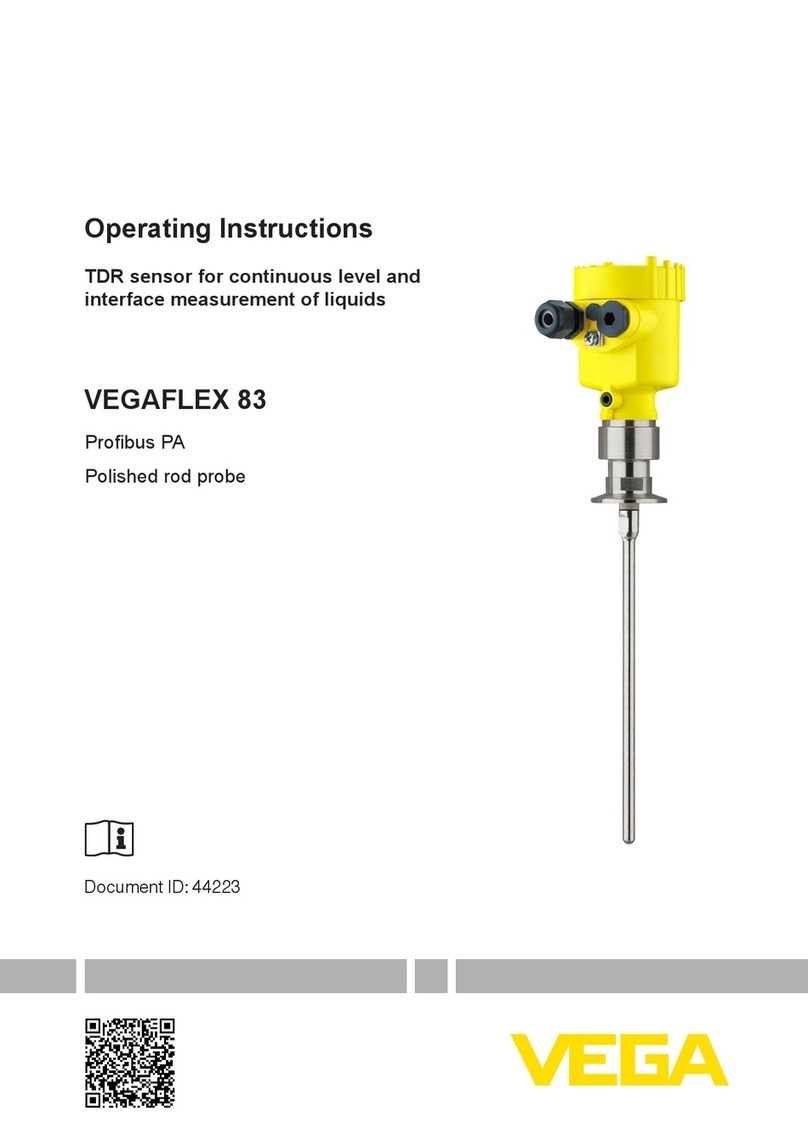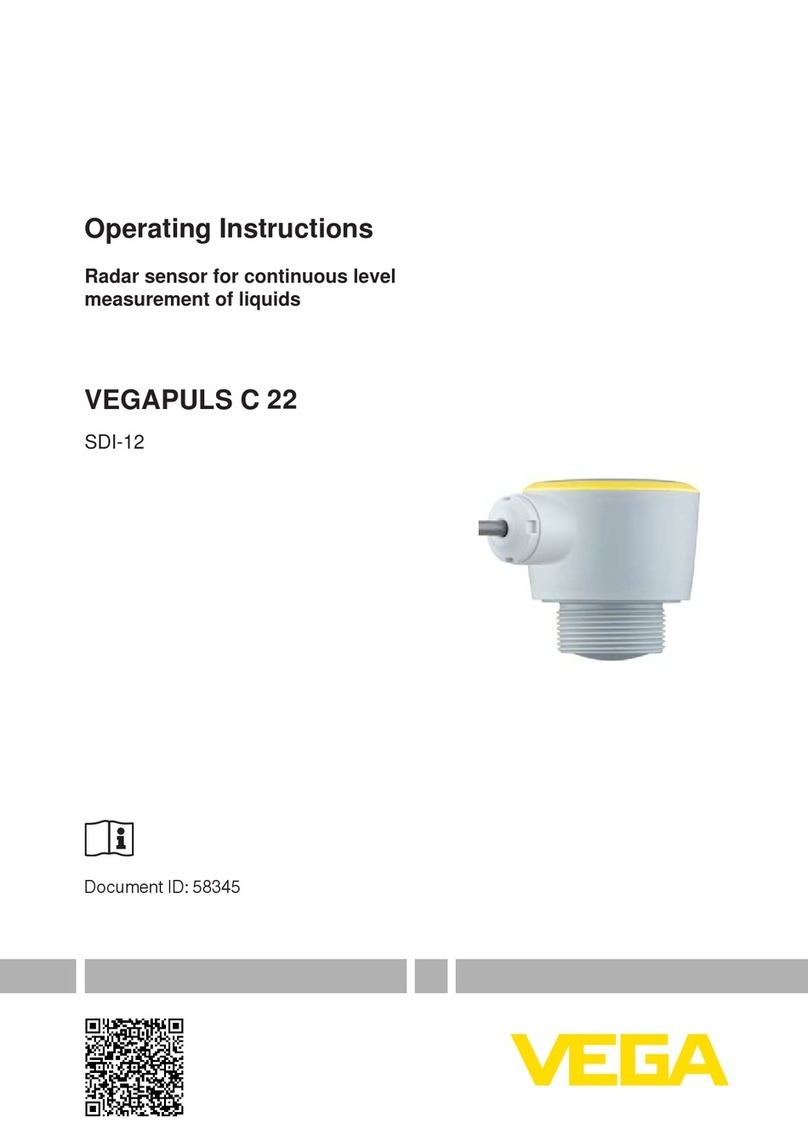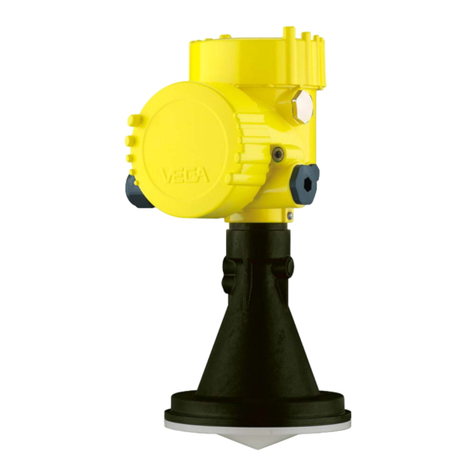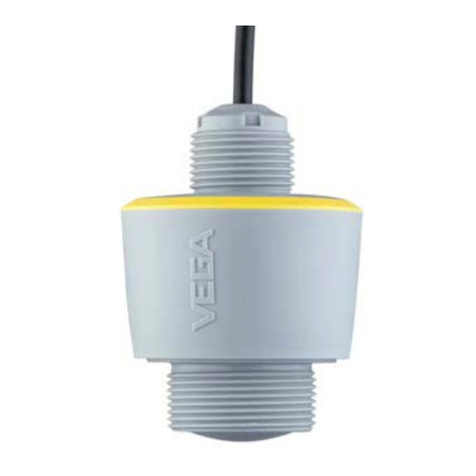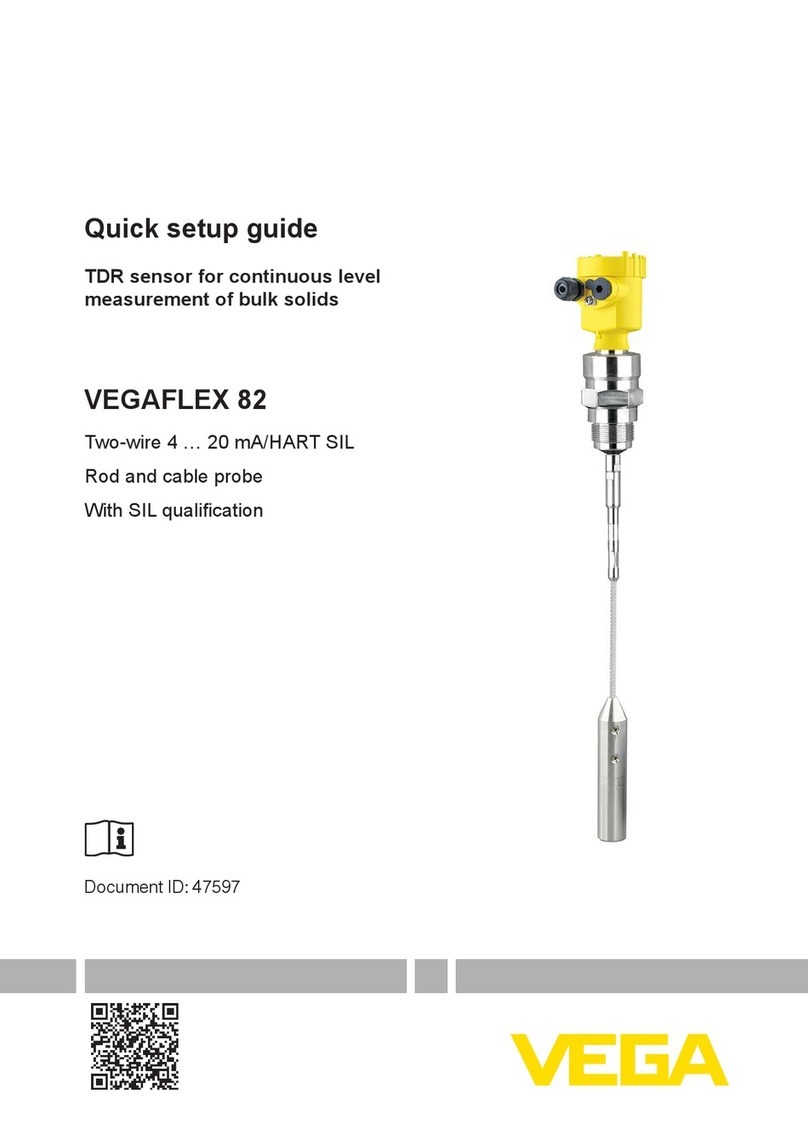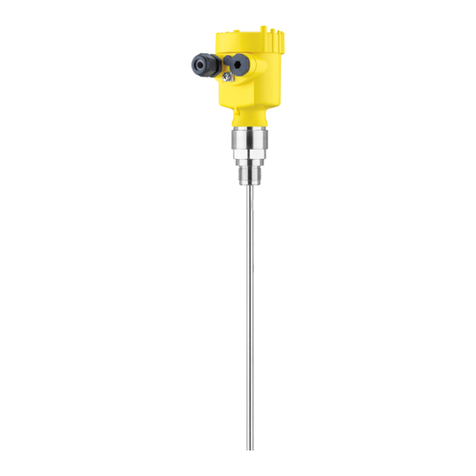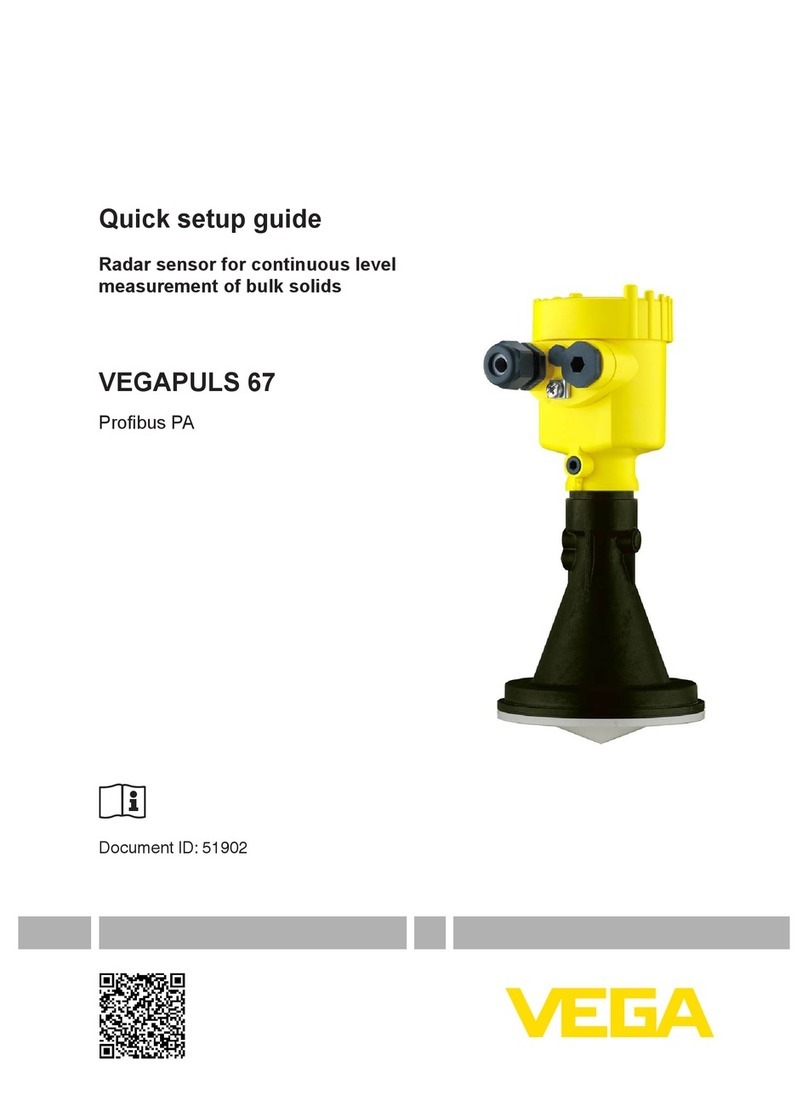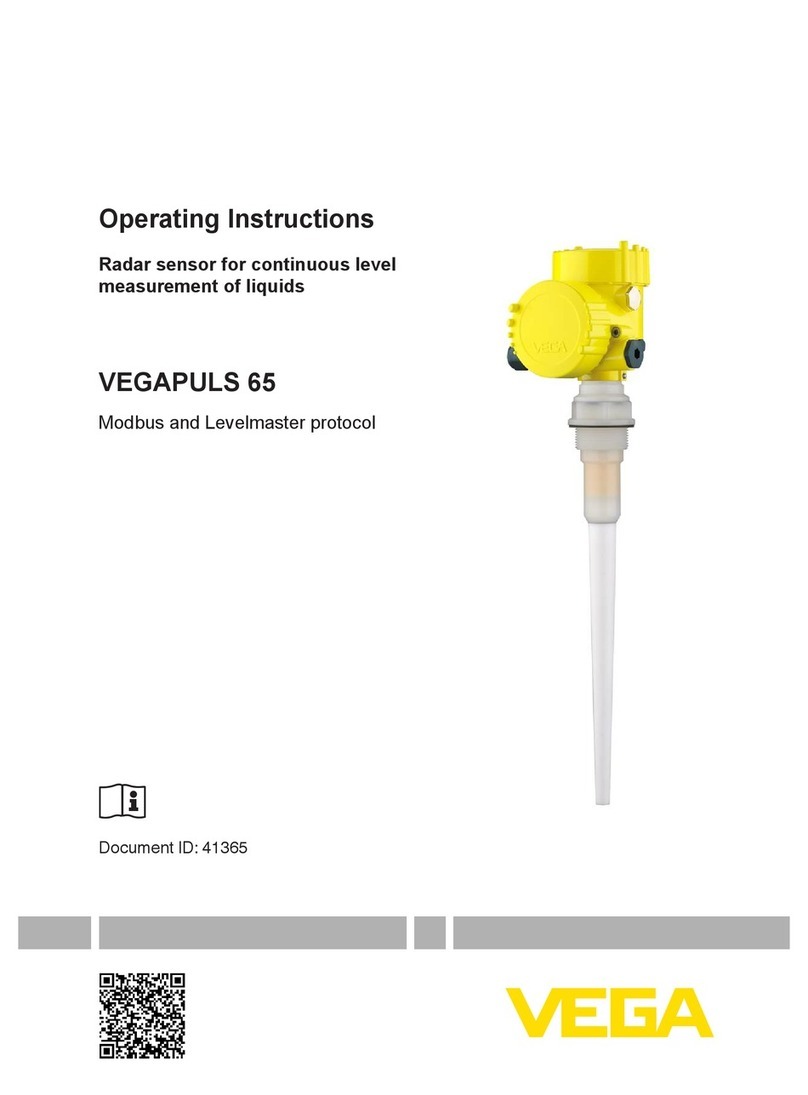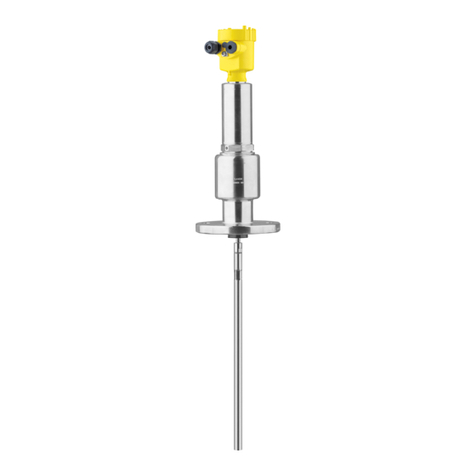
Contents
1About this document
1.1Function.................................. 4
1.2Target group .............................. 4
1.3Symbolism used............................ 4
2For your safety
2.1Authorised personnel ........................ 5
2.2Appropriate use ............................ 5
2.3Warning about misuse ....................... 5
2.4General safety instructions . . . . . . . . . . . . . . . . . . . . 5
2.5Safety label on the instrument . . . . . . . . . . . . . . . . . . 6
2.6CE conformity ............................. 6
2.7Safety instructions for Ex areas . . . . . . . . . . . . . . . . . 6
2.8Environmental instructions..................... 6
3Product description
3.1Configuration .............................. 7
3.2Principle of operation ........................ 8
3.3Operation................................. 9
3.4Storage and transport ........................ 9
4Mounting
4.1General instructions ......................... 11
4.2Mounting instructions ........................ 12
5Connect to power supply
5.1Prepare the connection....................... 14
5.2Connection procedure........................ 14
5.3Wiring plan,single chamber housing . . . . . . . . . . . . . 15
6Set up
6.1General information ......................... 18
6.2Adjustment elements ........................ 18
6.3Functional chart ............................ 21
7Maintenance and fault rectification
7.1Maintenance .............................. 22
7.2Remove interferences ........................ 22
7.3Exchange of the electronics module . . . . . . . . . . . . . 23
7.4Instrument repair ........................... 25
8Dismounting
8.1Dismounting steps .......................... 26
8.2Disposal ................................. 26
9Supplement
9.1Technical data ............................. 27
9.2Dimensions ............................... 31
2VEGACAP 64 • - Relay (DPDT)
Contents
30012-EN-090604
